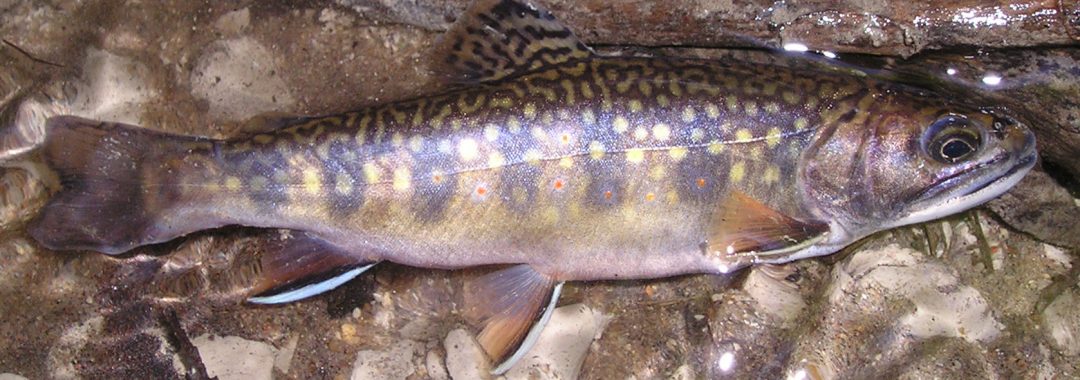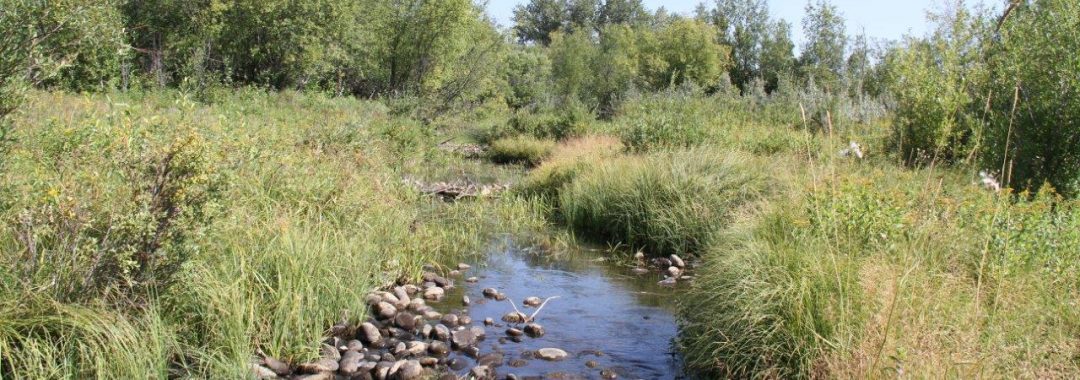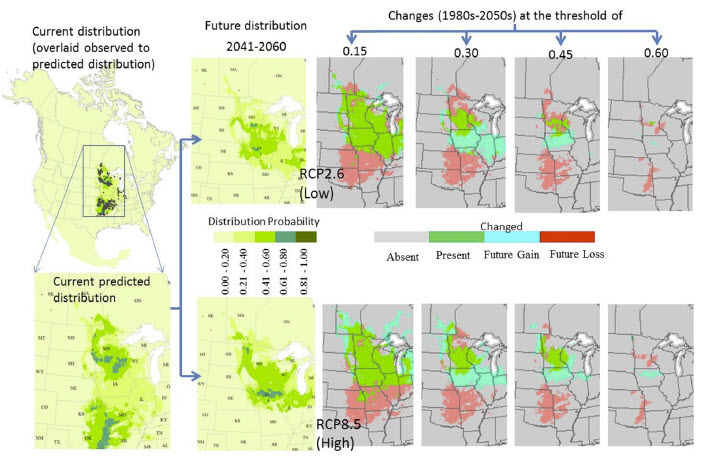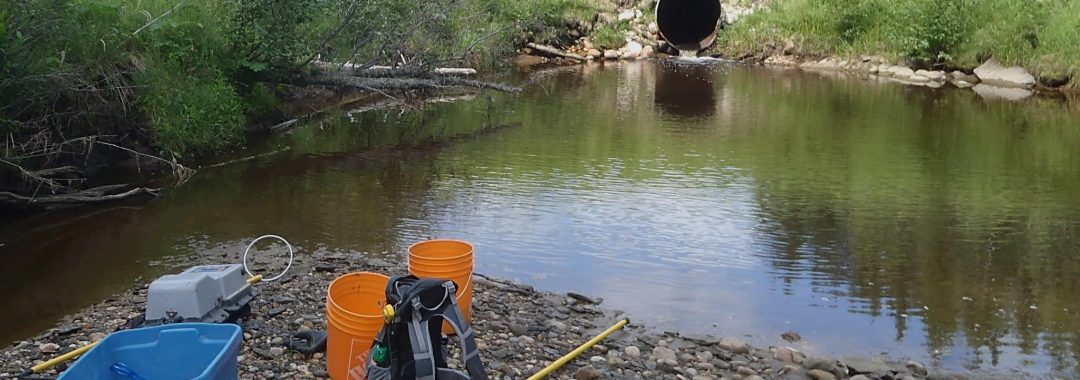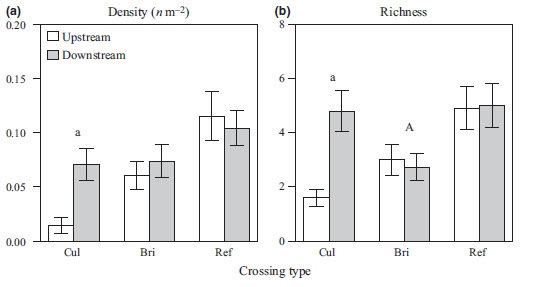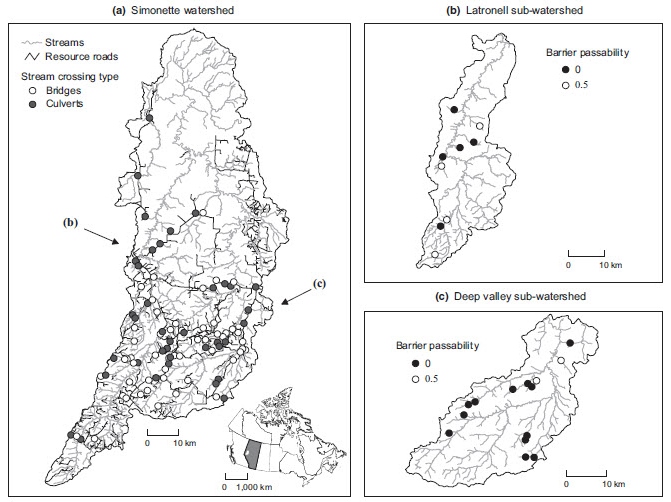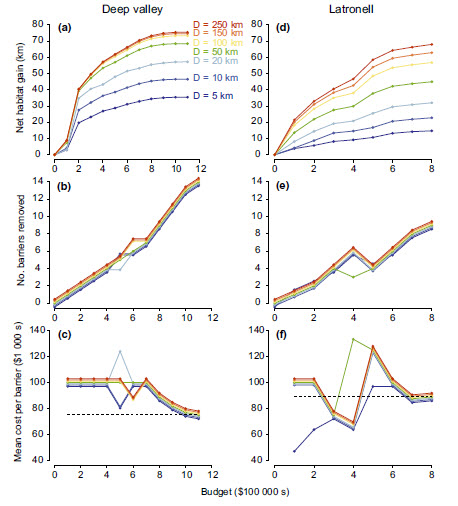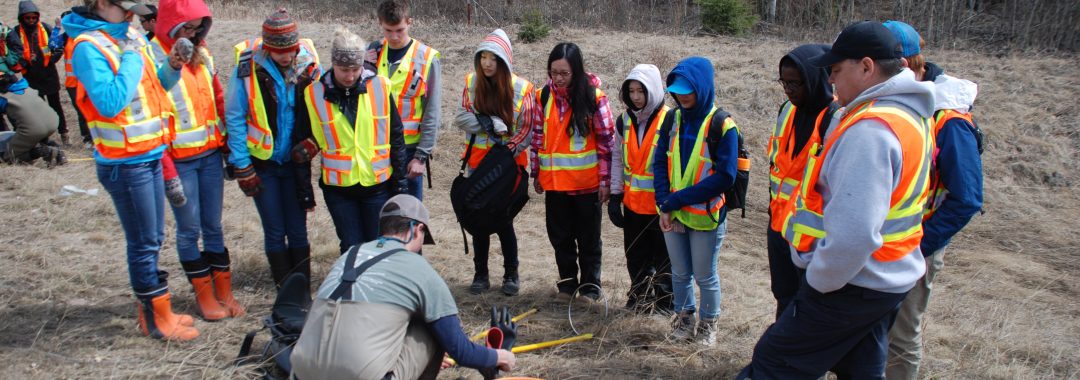Abstract:
Freshwater biodiversity is declining from impacts associated with anthropogenic stressors. Here, we use carbon (δ13C) and nitrogen (δ15N) stable isotopes to assess food web effects following a coal mine spill that displaced biota and altered biophysical stream characteristics. We compared isotopic niche metrics of benthic macroinvertebrates and the fish community, including non-native brook trout (Salvelinus fontinalis) and endangered Athabasca rainbow trout (Oncorhynchus mykiss), to infer spatial differences in site-specific resource use along a habitat disturbance gradient. Predatory benthic macroinvertebrate trophic position was elevated where impacts from the spill were most pronounced. Autochthonous carbon contribution to consumer diets was lowest in biota sampled at the most highly impacted site from the mine spill, leading to an unexpected expansion of the isotopic niche size of rainbow trout and the aquatic invertebrate community. Collectively, our results suggest spatial variation in trophic resource assimilation across multiple levels of the food web, fuelled by the allochthonous energy pathway in highly impacted study sites. We conclude this reflects a biotic response to altered basal aquatic resources following a major industrial disturbance.
Citation: Medinski, N.A., Maitland, B.M., Jardine, T.D., Drake, D.A.R. and M.S. Poesch (2022) A catastrophic coal mine spill in the Athabasca River watershed induces isotopic niche shifts in stream biota including an endangered rainbow trout ecotype. Canadian Journal for Fisheries and Aquatic Sciences 79(8): 1321-1334.
Also Read:
*Lab members: Nathan Medinski, Bryan Maitland, Mark Poesch. Check out opportunities in the lab!

